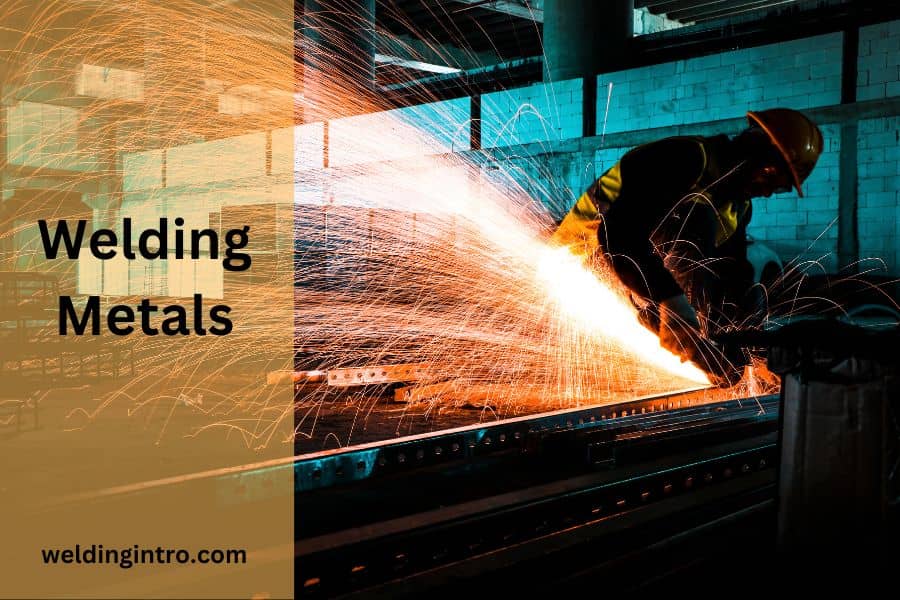Knowledge of metallurgy is very crucial in Welding. As it is all about heat and pressure on metals to forge them together. The ability to weld different metals opens up a myriad of possibilities, from construction of buildings to crafting intricate metalwork.
In this article, we will explore the diverse range of metals that can be welded, examining their unique properties and considerations for successful welding.
What To Consider While Selecting Metal For Welding
Metals shrink or expands based on heat applied on them. For welding metal selection is a crucial part. Some metals are ferrous and some are non-ferrous. Some have a higher melting point and ductility than others. Some have higher electrical conductivity and higher breaking point than others.
The ideal metal choices depend on the specific requirements of your welding application. Here’s a guide to help you make informed decisions based on these factors:
1. Ductility:
Ductility is a property of metal that defines its ability to convert into a thin wire shape under external pressure.
- Recommended Metals: Metals with good ductility are preferred for welding applications. Here flexibility and deformation without fracture are essential.
- Options: Copper, aluminum, low-carbon steel, and certain stainless steels are known for their excellent ductility.
2. Electrical Conductivity:
Electrical conductivity is a property of metal that measures its ability to resist electricity or pass electric current from one place to another.
- Recommended Metals: In applications where high electrical conductivity is crucial, selecting metals with good conductivity is essential.
- Options: Copper and aluminum are renowned for their high electrical conductivity and are commonly used in electrical and electronic applications.
3. Strength Of Metal:
Basically strength of metal defines its capability to withstand external force & load without being deformed. It is very crucial property of a metal.
- Recommended Metals: Strength is a critical factor in structural applications. Choosing metals with high tensile strength (maximum load a metal can withstand without fracturing) is an important for ensuring the integrity and durability of welded structures.
- Options: High-strength alloys like high-carbon steel, stainless steel, and certain aluminum alloys offer excellent strength properties.
4. Melting Point:
For welding this property of metal is most important. Melting point is the highest temperature point beyond which a solid converts into liquid.
- Recommended Metals: The melting point is a crucial consideration for welding, as it determines the temperature at which the material transitions from a solid to a liquid state.
- Options: Low-melting-point metals like aluminum are suitable for applications where minimum heat input is important. For high-temperature applications, metals like titanium and high-strength alloys with elevated melting points may be preferred.
5. Corrosion Resistance:
It is the property of a metal to prevent corrosion resulted from external environmental reactants like oxygen, hydrogen, mercury vapor, sulfur dioxide etc.
- Recommended Metals: For applications exposed to corrosive environments, corrosion-resistant metals are essential to ensure the longevity of the welded structure.
- Options: Stainless steel (especially austenitic grades), aluminum, and corrosion-resistant alloys like Inconel (nickel-chromium alloy) and Monel (nickel-copper alloy) are known for their resistance to corrosion.
6. Weldability:
A metal’s capability to be welded and fused together. It defines the ability of metal to forge together.
- Recommended Metals: Weldability is a critical factor in choosing metals for welding. Some metals are more easily weldable than others, and the welding process may vary.
- Options: Low-carbon steel, stainless steel (particularly austenitic grades), and aluminum are generally known for their good weldability. Nickel alloys and certain exotic metals may pose challenges in welding.
7. Cost Considerations:
- Recommended Metals: Cost is an important factor in material selection, especially for large-scale projects or those with budget constraints.
- Options: Carbon steel is often a cost-effective choice for structural applications, while aluminum and certain specialty alloys may be more expensive.
8. Application-Specific Requirements:
- Recommended Metals: Consider the specific requirements of your application, such as weight restrictions, thermal conductivity, or magnetic properties.
- Options: Aluminum is lightweight, copper has excellent thermal conductivity, and certain alloys may have unique magnetic or non-magnetic properties.
Welding Metals
Carbon Steel
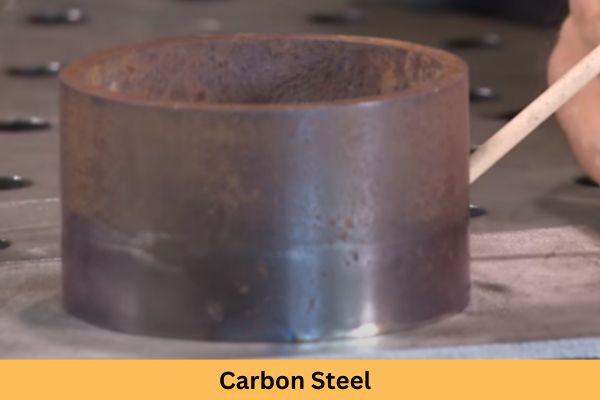
Carbon steel is highly suitable for welding, owing to its excellent weldability and widespread availability. With a carbon content ranging from 0.2% to 2.1%, carbon steel offers versatility in welding applications.
Low-carbon steel is easily weldable, while higher carbon content may necessitate preheating and post-weld heat treatment. Its moderate strength, combined with good ductility, makes it ideal for various welding projects.
Additionally, carbon steel exhibits favorable thermal conductivity, enabling efficient heat dissipation during welding processes. The affordability and reliable performance of carbon steel further contribute to its popularity in structural and industrial welding applications.
Stainless Steel

Stainless steel stands as a premier choice for welding applications due to its exceptional weldability and corrosion resistance. The austenitic grades of stainless steel, including popular alloys like 304 and 316, are known for their ease of welding.
These alloys offer remarkable strength, coupled with excellent ductility, making them suitable for diverse welding projects.
Stainless steel’s chromium and nickel content contribute to its resistance against corrosion, ensuring durability in various environments.
The versatility of stainless steel, encompassing weldability, strength, and corrosion resistance, positions it as a top material for welding applications in industries ranging from construction to food processing.
Aluminum

Aluminum is prized for its favorable weldability, making it a preferred choice for a range of applications. With its low density, high strength-to-weight ratio, and corrosion resistance, aluminum is particularly suited for aerospace, automotive, and structural projects.
TIG (Tungsten Inert Gas) welding is commonly employed for aluminum due to its precision and ability to handle thin materials.
However, aluminum’s high thermal conductivity requires careful control of heat input during welding to prevent distortion.
Despite these challenges, aluminum’s versatility, lightness, and resistance to corrosion continue to make it a go-to material for many welding endeavors.
Copper

Copper, known for its exceptional electrical conductivity, is weldable with specific considerations. Oxyacetylene welding is often employed for copper due to its lower melting point. Copper’s high thermal conductivity demands precise control of welding parameters to avoid overheating.
While susceptible to oxidation, using inert gas shielding minimizes contamination during welding. Careful filler material selection and joint design are vital for preventing cracking and ensuring the integrity of copper welds.
Despite its challenges, copper’s conductivity and malleability make it invaluable in electrical applications, and with appropriate techniques, it proves to be a weldable and versatile material in various industries.
Brass
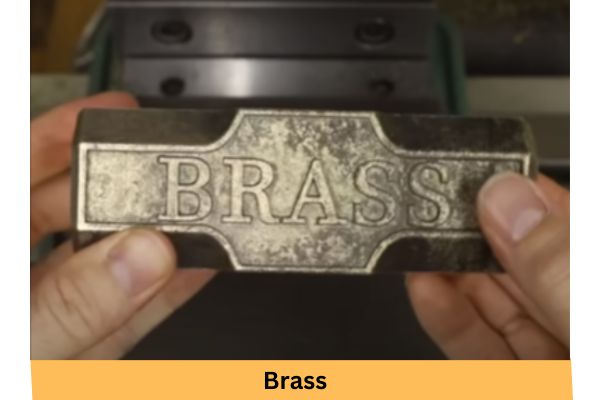
Brass, a copper-zinc alloy, offers moderate weldability with considerations for its unique properties. Combining copper’s conductivity and zinc’s malleability, brass finds application in decorative and functional projects. Welding brass demands careful filler material selection to maintain joint integrity.
Avoiding zinc evaporation during welding is crucial to preserve mechanical properties. While brass can be welded using various methods, attention to preventing oxidation and brittleness ensures successful welds.
Despite challenges associated with its composition, brass remains a popular choice for ornamental and practical purposes, showcasing a balance of aesthetics and functionality in welding applications.
Nickel Alloys
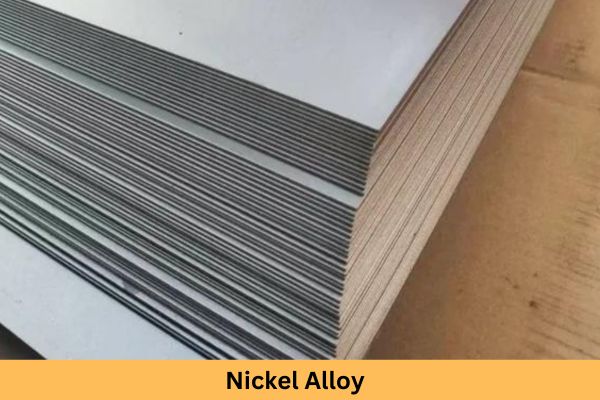
Nickel alloys, renowned for their corrosion resistance and high-temperature strength, present weldability challenges due to their unique properties.
Specialized techniques, preheating, and post-weld heat treatment are often necessary to maintain the alloys’ distinct characteristics. Nickel alloys exhibit reduced thermal conductivity, demanding careful control of heat input during welding to prevent cracking and distortion.
While their weldability may pose complexities. The corrosion resistance and elevated temperature performance of nickel alloys, such as Inconel and Monel, make them indispensable in demanding environments like chemical processing and aerospace applications.
Their exceptional properties outweigh welding challenges.
Titanium
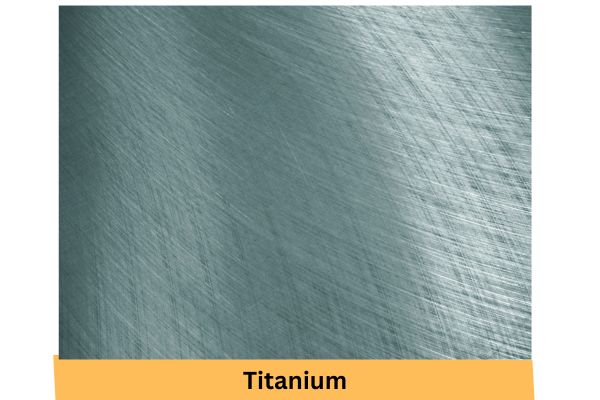
Titanium, prized for its high strength-to-weight ratio and corrosion resistance, poses challenges in weldability due to its reactivity.
Welding titanium necessitates a protective inert gas atmosphere, usually argon, to prevent contamination. The unique properties of titanium demand precise control of heat input during welding to avoid compromising its mechanical strength.
Despite its challenges, titanium’s exceptional corrosion resistance, biocompatibility, and lightness make it a vital choice in aerospace, medical, and chemical applications.
Specialized welding techniques, such as TIG (Tungsten Inert Gas) welding, are commonly employed to harness the advantages of titanium while overcoming its inherent weldability complexities.
Cast Iron
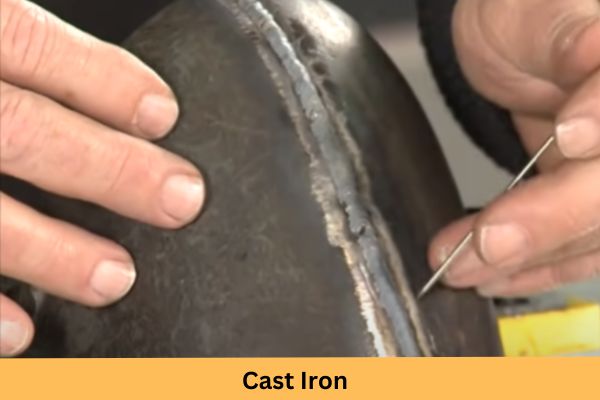
Cast iron, prized for its wear resistance and versatility, presents challenges in weldability due to its high carbon content.
Preheating and slow cooling are essential during welding to prevent cracking and ensure successful welds. Nickel-based electrodes in stick welding are commonly employed for cast iron, mitigating the brittleness associated with rapid cooling.
Cast iron’s heat-affected zone requires careful consideration, making it crucial to choose welding methods and parameters with precision.
Despite its welding complexities, cast iron’s excellent casting ability and durability make it a valuable material in various industries, with appropriate techniques ensuring successful and reliable welds.
Molybdenum
Molybdenum, renowned for its high melting point and strength at elevated temperatures, is weldable but demands specialized techniques.
Its melting point of 2,623°C (4,753°F) requires high-temperature processes like TIG (Tungsten Inert Gas) welding. Welding molybdenum demands meticulous control of heat input to avoid brittleness and other metallurgical issues.
Preheating is often necessary for thicker sections to reduce thermal stresses. Despite these challenges, molybdenum’s remarkable properties, including corrosion resistance and exceptional strength at high temperatures, make it invaluable in industries such as aerospace and electronics.
Tungsten
Tungsten, with its high melting point and excellent conductivity, is challenging to weld due to its brittleness.
TIG (Tungsten Inert Gas) welding, using specialized tungsten electrodes, is commonly employed for welding tungsten.
However, the brittle nature of tungsten makes it susceptible to cracking. While intricate and demanding, successful tungsten welding demands precise control of heat input.
Tungsten’s high melting point of 3,422°C (6,192°F) makes it suitable for applications where extreme temperatures are involved, such as in the aerospace and electronics industries.
Despite its welding challenges, tungsten’s exceptional properties make it indispensable in specific high-temperature and conductivity-sensitive applications.
Conclusion
In the vast world of welding, each metal presents unique challenges and opportunities.
From the versatility of carbon steel to the specialized considerations for welding metals like magnesium, tin, lead, molybdenum, and tungsten, understanding the properties of each material is paramount.
As technology continues to advance, so too will our ability to weld an even broader array of metals, expanding the possibilities of what can be achieved through metal fabrication.
For Additional Reading

